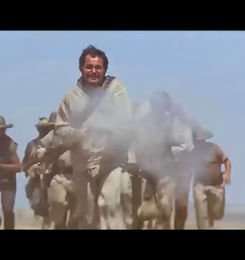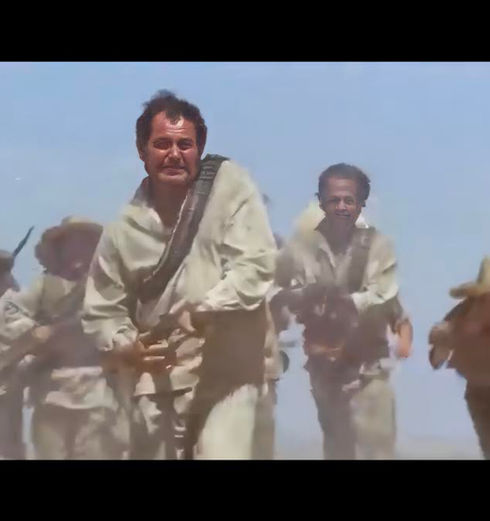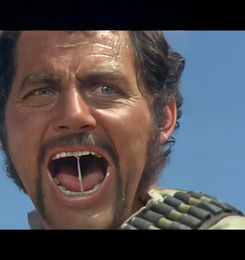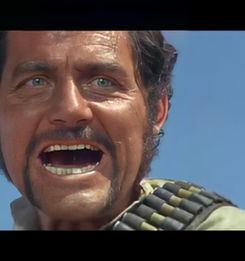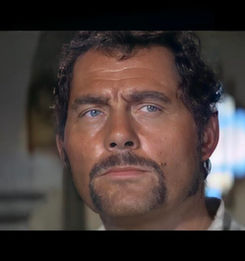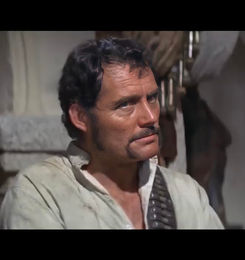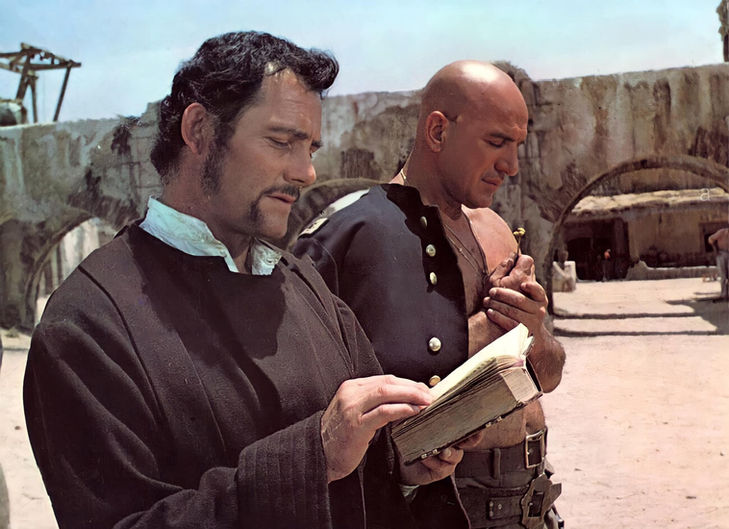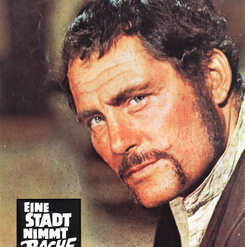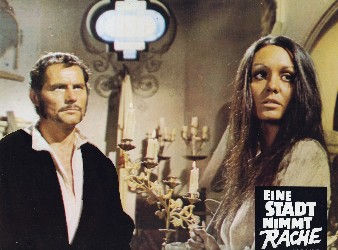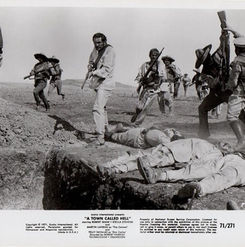
.com

Estd. 2020
Centenary
Project
2027

Approved by the Shaw Family






"You may break me, but I'll
never tell you"

"Robert was probably the largest personality I ever met. He was an epic human being, and it was a terrible thing that he died as young as he did."


trailer
Robert Shaw as Aguila "The Priest"

In 1895, in a small town ravaged by the Mexican Revolution, the revolutionary leader Aguila and his men massacre the town's locals and the military garrison soldiers.
Ten years later Aguila, now a reformed priest, sees a newly-arrived woman who is looking for those responsible for murdering her husband. The town is run by the corrupt Don Carlos who promises to help Alvira find those who killed her husband, in return for the gold reward Alvira is offering.
Don Carlos has no idea where Aguila is or what Aguila looks like but he's prepared to do anything in order to collect the gold reward offered by Alvira.
Everything is complicated by the sudden arrival of the Mexican Army led by a brutal Colonel whose face looks very familiar to the town priest.
Directed by Robert Parrish and Irving Lerner
Screenplay by Richard Aubrey and S. Benjamin Fisz
Produced by S. Benjamin Fisz
Music by Waldo de los Rios
Cinematography by Manuel Berenguer
Edited by Bert Bates
Also starring Telly Savalas, Martin Landau, Michael Craig, Dudley Sutton, Fernando Rey, Paloma Cela and Stella Stevens
Released by Scotia Barber
Release Date: June 27th 1971
Running Time: 95 minutes
Locations: Madrid and Almeria, Spain
Filming Dates: July 6th - August 29th 1970









gallery



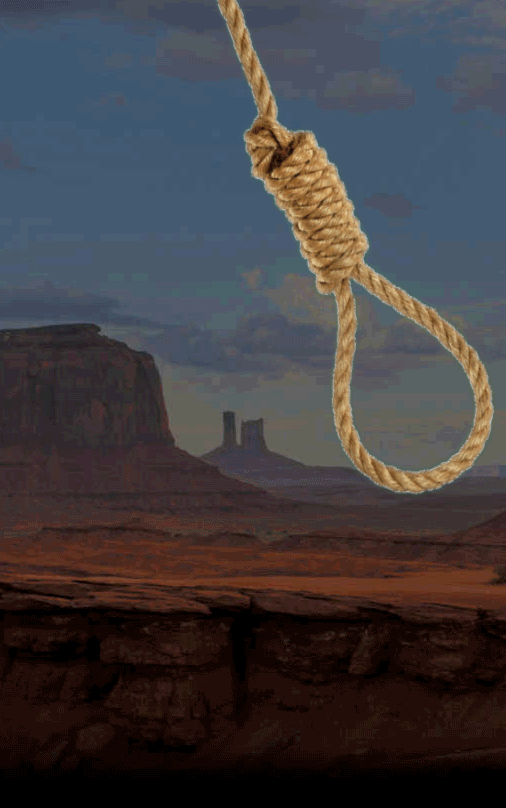

welcome to hell



Official Movie Soundtrack
Podcast Review
An excerpt from the soundtrack composed by Waldo De Los Rios.
Check out this informative and funny review of the movie. Contains strong language.
Telly Savalas Interview
Rare TV interview from 1971 where the film is referenced.




![now showing GIF_thumb[1].gif](https://static.wixstatic.com/media/51f4b8_c475c3f62240416ea489b9651df68e26~mv2.gif)


Press Play



DIRECTOR
Robert Parrish
(1916 - 1995)


Martin
Landau
(1928 - 2017)

Telly
Savalas
(1922 - 1994)

Paloma
Cela
(1943 - 2019)

Stella
Stevens
(1938 - 2023)

Dudley
Sutton
(1933 - 2018)

Michael
Craig
(1929 - )

Fernando
Rey
(1917 - 1994)


It's no secret that Shaw did many films for the money and this is definitely one of them. This is one of the "pieces of shit" as he referred to them.
From start to finish, it's a confusing mess and Shaw rarely gets out of first gear in this cheaply made spaghetti western. The plot makes little sense and although there's some decent action and a solid cast, the film never gets off the ground and has all but faded into obscurity.
There's some nice cinematography and a brooding score but you're left scratching your head as to why he ever got involved with this formulaic rubbish.

Lobby Card Gallery





